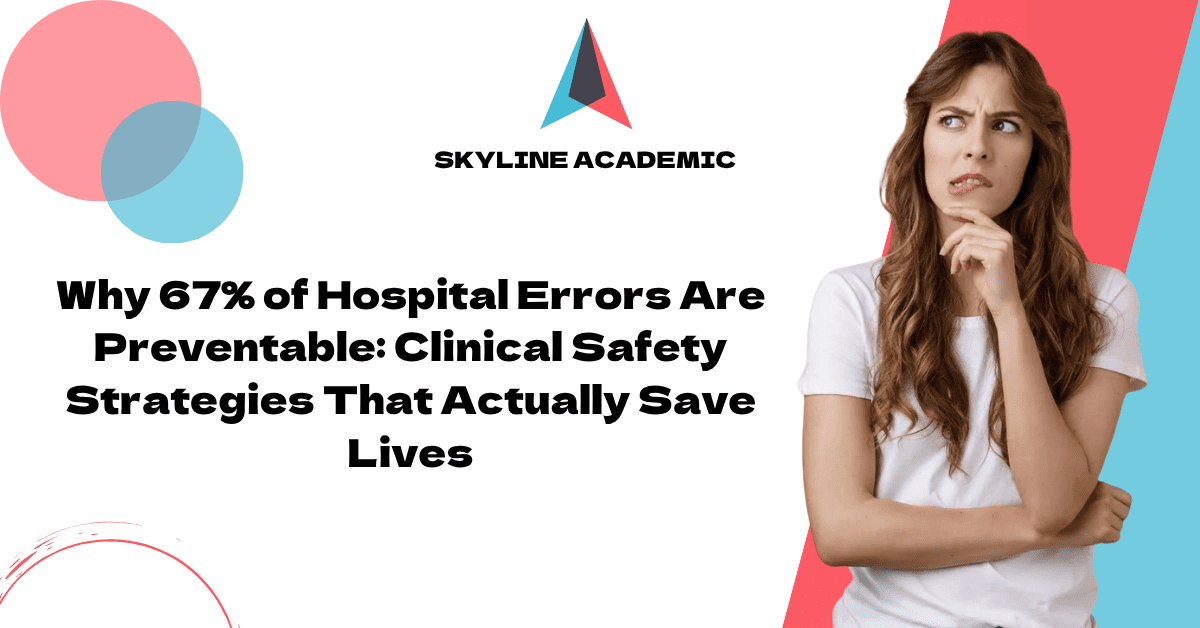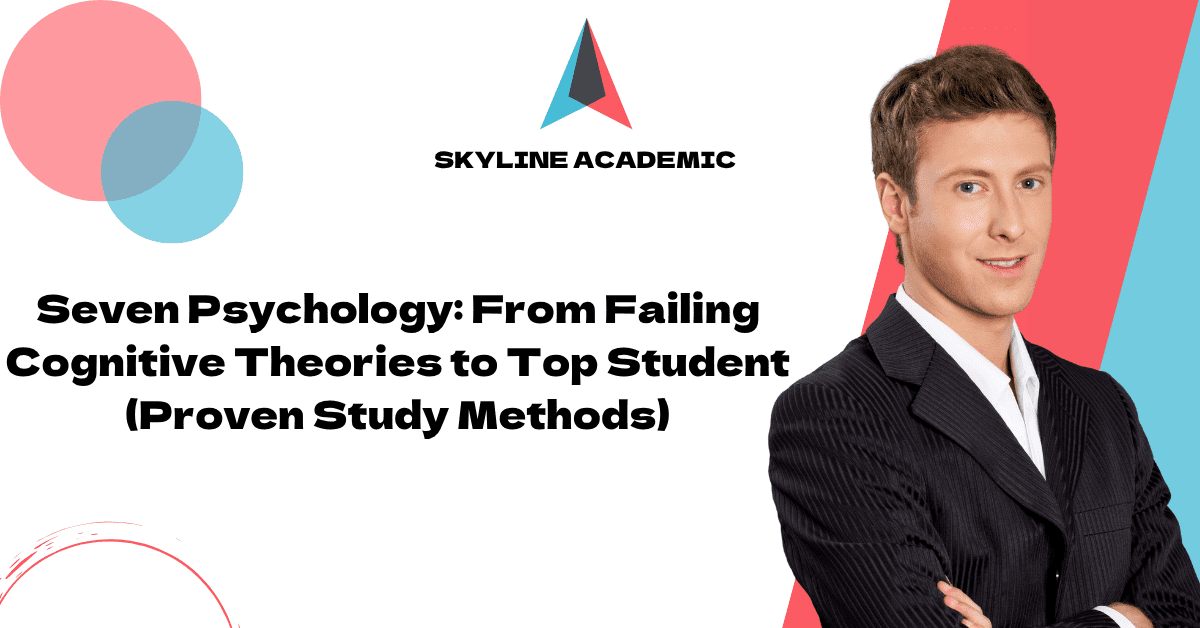Warning: Hidden Plagiarism Traps in Group Projects (2025 Guide)
Most students think they understand plagiarism, but research reveals a huge gap between what they believe and what they know. A college student survey showed that new undergraduates “were confident in their understanding of plagiarism, yet performed poorly on simple tests of referencing” . This knowledge gap becomes risky in shared work environments.
Group projects create unique hurdles that make avoiding plagiarism trickier. Students struggle to blend others’ ideas or cite sources correctly in their work . On top of that, it becomes tempting to plagiarize when students can’t manage their time or plan their research properly . Group work turns into a risky zone for academic honesty when students don’t grasp plagiarism’s real meaning and examples.
This piece will help you spot hidden plagiarism traps that pop up in group projects. You’ll learn about self-plagiarism in team settings and discover practical ways to direct your group assignments while you retain control of academic integrity. Whatever shape it takes, plagiarism remains unethical and carries potential risks . Your academic success depends on your ability to spot and dodge these traps.
Understanding Plagiarism in Group Work
Students working together on group projects face unique challenges when it comes to plagiarism. The risks multiply in these settings, and we need to understand what makes plagiarism different when people work together.
What is plagiarism? Definition and examples
Plagiarism happens when someone takes another person’s work, ideas, or words and presents them as their own without giving credit. This academic dishonesty shows up in several ways:
- Direct plagiarism: Word-for-word copying without attribution and quotation marks [1]
- Mosaic plagiarism: Borrowing phrases without quotation marks or finding synonyms while keeping the same structure [1]
- Accidental plagiarism: Neglecting to cite sources, misquoting, or unintentionally paraphrasing without attribution [1]
The intent doesn’t matter much here – accidental plagiarism carries the same weight as intentional forms [1]. More than just copying text, plagiarism includes stealing ideas, data, designs, images, or interpretations that someone else created [2].
Self-plagiarism definition and how it applies in group settings
Self-plagiarism happens when you reuse your previously submitted work without permission or proper disclosure [2]. Group work makes this complicated in several ways:
- Students might reuse parts of their old assignments in new group work
- Team members could submit similar content in different courses
- People might use old projects without telling anyone
To cite an instance, see Linda who reuses parts of her first-year essay in a second-year group project. She doesn’t tell her team members or teacher – that’s self-plagiarism [2]. This practice breaks academic rules and might even violate copyright if the previous work was published [3].
Why group projects are especially vulnerable
Group projects make plagiarism more likely to happen. Research shows much of the plagiarism happens in group work [4]. The whole team becomes responsible for everything submitted, so one person’s mistake puts everyone at risk [4].
The lines of authorship get blurry in group work. Nobody knows who wrote what or how to give proper credit. Teams often fail to communicate about who should handle citations [5].
Students also get confused about what counts as okay collaboration versus cheating. As one resource notes, “Group work on assignments does not always constitute plagiarism… However, you should not collaborate when it comes to writing and the final submission” [5]. Teams can discuss materials together, but each person needs to write their own part unless told otherwise.
This difference creates confusion where students cross ethical lines without realizing what it all means for their academic future.
8 Hidden Plagiarism Traps in Group Projects
Students often fall into traps during group assignments, even when they try their best to avoid them. Academic integrity in group work requires you to understand these common pitfalls.
1. Copy-pasting shared research without attribution
Team members who share research findings in collaborative documents might feel tempted to use this information without citations. You need to properly attribute work even within your group when you use another member’s research. Your team should set clear rules to track information sources during group discussions.
2. Reusing old group submissions (self-plagiarism)
Students who recycle their previous work without telling anyone commit self-plagiarism [2]. To name just one example, see how Linda breaks the rules when she uses parts of her first-year essay in a second-year group project without telling her teammates or teachers [2]. Universities treat this just as seriously as copying someone else’s work.
3. Misattributing individual contributions
Students split up tasks in group projects. Your teachers get misled about who did what when team members don’t accurately report their parts. Many teachers ask students to list their specific contributions to make sure everyone stays accountable [6].
4. Using AI tools without disclosure
Students break academic integrity rules when they use AI tools like ChatGPT without telling anyone [7]. Princeton University asks students to disclose AI use instead of citing it because “it is an algorithm rather than a source” [7]. Students should explain how and why they used AI.
5. Submitting identical sections across teams
Teams that share content with other groups working on similar assignments commit collusion [8]. This happens most often when:
- Students turn in nearly identical essays that should be different
- Students work together on solo exams
- Different groups share finished work with each other
6. Failing to cite shared sources properly
Your group needs to keep track of all sources together. Teams can work together on source lists using a shared Google document [9]. The whole group should check citations before turning in work to make sure everything follows the rules [9].
7. Over-relying on one member’s writing
Your team raises plagiarism risks when one person does most of the work [10]. Teachers might suspect cheating if just a few students produce most of the content [10]. Make sure everyone in the team contributes equally.
8. Using templates or past examples without credit
Templates and previous examples help guide your work, but you need to give credit when using them. Any resource that shapes your work needs proper attribution, including formats and structures.
Why These Traps Are Often Missed
Research shows that group projects often miss plagiarism traps because of systemic problems, not just careless individuals. We need to understand why these violations happen to create better ways to stop them.
Blurred lines of authorship in collaborative work
Modern research needs multiple contributors with diverse expertise, which makes it hard to tell who did what [11]. Teams usually end up with core and outer members, where some people take bigger roles than others [11]. People on the edges might feel they only need to watch their own part. This happens more when they don’t help plan or when other parts are outside what they know [11]. Groups like COPE and ALLEA say all authors should take equal blame for misconduct [11]. But this clashes with what CSE and ICMJE say – they put the blame mainly on those who broke the rules.
Lack of clear communication on citation roles
No one takes charge when teams don’t clearly assign citation tasks [1]. Team members think someone else will handle the citations, which creates dangerous gaps [1]. Mixed messages about who should track sources, format citations, or check references leave work undone [1]. Teams sometimes create multiple citation lists when jobs overlap, and no one knows which list to use [12].
Assumptions about shared responsibility
Team members don’t realize they make assumptions about what everyone understands [13]. You might think everyone got the same message from meetings, but people take in information differently [13]. These wrong assumptions get stuck in place over time and cause problems [13]. Bad habits form and proper citation practices suffer.
Inconsistent understanding of plagiarism definition
Many students only know the basics about plagiarism, even though it has many definitions [14]. Even students in their final year copy work when they can’t rewrite properly or know what’s okay to use [15]. Culture plays a big part too – some Eastern schools see copying as showing respect, not cheating [15]. These different views make it hard for students to know when to give credit, especially when working with others.
How to Avoid Plagiarism in Group Projects
Your team needs proactive strategies and clear communication to prevent plagiarism in group work. These five approaches will reduce risks and deepen your group’s commitment to academic integrity.
Set clear roles and responsibilities
Your team should establish who does what right from the start. Give each person a specific role such as content creator, editor, fact-checker, and project lead to create accountability and avoid duplicate work [16]. Team members need to understand their contributions to prevent confusion about shared tasks. The risk of plagiarism drops when everyone knows their specific tasks and citation duties. Clear responsibilities at the beginning help ensure proper credit for each person’s work [3].
Use collaborative writing tools with version tracking
Track Changes in Microsoft Word and suggestion features in Google Docs are great ways to document each person’s contributions. These tools show who made specific changes through different colors and usernames [17]. Version tracking creates a clear paper trail that helps prevent unintended plagiarism and shows original contributions. The process stays ethical and well-managed when you set guidelines for these tools—including regular reviews and proper source documentation [16].
Educate team members on proper citation
Team education is vital since people understand plagiarism differently. Show members how to label their notes by marking original ideas with “ME” and borrowed concepts with author details [18]. Talk about common documentation challenges students face and give specific solutions to avoid these problems [19]. Each field has its own citation style, so make sure everyone knows what your project requires.
Review and cross-check all sources together
Your team should meet to verify sources together. This shared approach helps find missing citations before you submit. A shared Google document helps teams keep track of sources as a group [16]. Check out Skyline Academic Tools for comprehensive plagiarism detection and prevention. Our tools can help your group track sources, maintain proper citations, and ensure academic integrity in collaborative work.
Use plagiarism checkers before submission
Accidental plagiarism can happen despite careful planning. A plagiarism checker will verify if your text is truly your own work [20]. Premium versions of trusted tools like Turnitin or iThenticate give accurate results, unlike free online tools that often miss problems [20].
Conclusion
Group projects come with complex challenges that demand proper planning and constant watchfulness to maintain academic integrity. This piece identifies eight hidden plagiarism traps that could harm your academic standing. Students often miss these pitfalls because of unclear authorship and poor communication about citation needs.
The best way to prevent unintended plagiarism is to plan ahead. Your team should assign clear roles to track everyone’s contributions and establish accountability. Using shared writing tools that track versions will create a clear record of each person’s work. These approaches will substantially lower the risk of accidental plagiarism and help your group maintain academic honesty.
Learning about proper citation is a vital part of the process. Students often start group projects with different ideas about what makes up plagiarism. The team should discuss citation practices before they start any shared work. Regular meetings to review sources together will help catch any missing citations.
Skyline Academic Tools offers reliable plagiarism prevention for your group projects. Our academic integrity tools help students work together effectively while avoiding common plagiarism issues discussed here.
Group projects can make it harder to maintain academic integrity. Yet they teach valuable skills you’ll need in your career. Knowledge of these hidden traps and smart prevention strategies will help you complete group work with honesty. Your academic reputation today shapes your professional future tomorrow.
FAQs
Q1. How can students avoid plagiarism in group projects?
To avoid plagiarism in group projects, set clear roles and responsibilities, use collaborative writing tools with version tracking, educate team members on proper citation, review and cross-check all sources together, and use plagiarism checkers before submission.
Q2. What is self-plagiarism and how does it apply to group work?
Self-plagiarism occurs when you reuse your previously submitted work without permission or proper disclosure. In group settings, this can happen when a student reuses portions of previous assignments in new group work or when team members repurpose old projects without acknowledgment.
Q3. Why are group projects more vulnerable to plagiarism?
Group projects are more vulnerable to plagiarism due to blurred lines of authorship, lack of clear communication on citation roles, assumptions about shared responsibility, and inconsistent understanding of what constitutes plagiarism among team members.
Q4. How can students use AI tools like ChatGPT without committing plagiarism?
When using AI tools like ChatGPT, students should disclose their use rather than cite them as sources. They should also verify the accuracy of AI-generated content, edit and personalize it, and properly cite any referenced sources within the AI-generated text.
Q5. What are some hidden plagiarism traps in group projects?
Hidden plagiarism traps in group projects include copy-pasting shared research without attribution, reusing old group submissions, misattributing individual contributions, using AI tools without disclosure, submitting identical sections across teams, failing to cite shared sources properly, over-relying on one member’s writing, and using templates or past examples without credit.
References
[1] – https://www.linkedin.com/pulse/how-lack-clarity-roles-responsibilities-impacts-timely-irfan-ahmad-w73uc
[2] – https://academicintegrity.unimelb.edu.au/plagiarism-and-collusion
[3] – https://www.econtentpro.com/blog/avoiding-plagiarism-in-research/276
[4] – https://gradblog.schulich.yorku.ca/academic-integrity-protips-group-work/
[5] – https://askune.custhelp.com/app/answers/detail/a_id/736/~/information-about-group-work-and-plagiarism
[6] – https://www.researchgate.net/post/How-do-you-deal-with-plagiarism-in-student-team-assignments
[7] – https://libguides.princeton.edu/generativeAI/disclosure
[8] – https://www.turnitin.com/blog/how-to-check-for-student-collusion-in-your-institution
[9] – https://www.bibguru.com/blog/citing-group-project/
[10] – https://www.asseltalaw.com/blog/2024/12/plagiarism-vs-collaboration-avoiding-collusion-in-group-projects/
[11] – https://pmc.ncbi.nlm.nih.gov/articles/PMC6096512/
[12] – https://www.insidenewcity.com/why-you-need-clear-roles-and-responsibilities-to-deliver-effective-content/
[13] – https://www.toddhenry.com/leading/dont-let-assumptions-kill-your-collaboration
[14] – https://edintegrity.biomedcentral.com/articles/10.1007/s40979-021-00098-2
[15] – https://edintegrity.biomedcentral.com/articles/10.1007/s40979-020-00052-8
[16] – https://belikenative.com/ultimate-guide-to-plagiarism-prevention-in-teams/
[17] – https://www.wordrake.com/blog/using-track-changes-and-comments-for-collaborative-editing-in-microsoft-word
[18] – https://guides.library.ucla.edu/citing/plagiarism/avoid
[19] – https://wpacouncil.org/aws/CWPA/pt/sd/news_article/272555/_PARENT/layout_details/false
[20] – https://www.researchgate.net/post/Do_you_recommend_running_research_papers_through_a_plagiarism_checking_software_before_submitting_them



